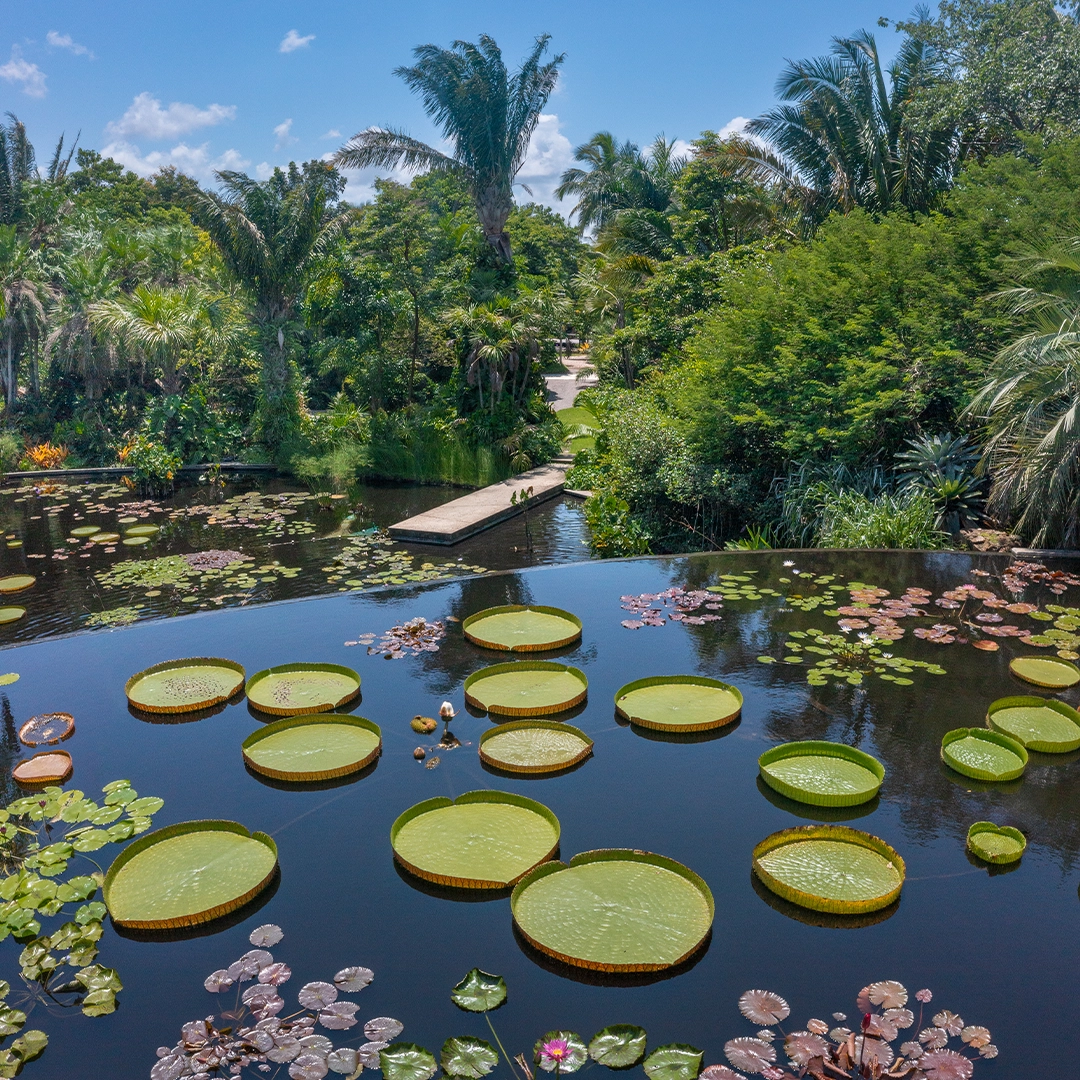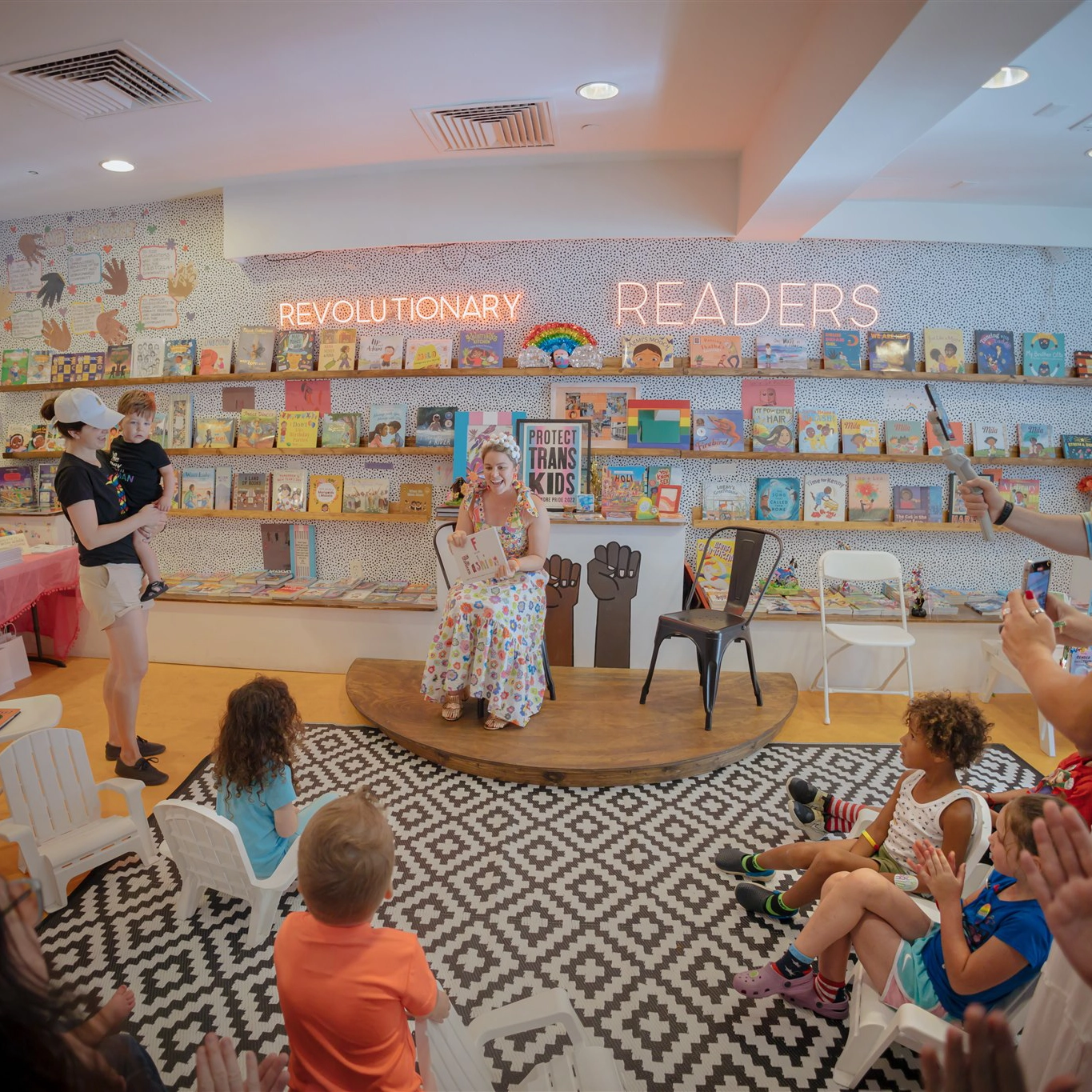by Carrie Honaker | March 5, 2024
Southern Geniuses: A.E. Backus, Zora Neale Hurston and the Florida Highwaymen
Cultural icons like the Florida Highwaymen artists and author Zora Neale Hurston found and cultivated inspiration in Fort Pierce that resulted in artistic contributions that will last forever.
On any given afternoon, the soothing sounds of jazz spilled out of the house and into the street at the end of Avenue C in Fort Pierce. A surreal coalition of Black and white artists, writers and musicians would eventually emerge from inside the home of A.E. “Bean” Backus. It was the 1950s and Jim Crow segregation divided the town at the railroad tracks. Still, this group communed over art regardless of race in one of the oldest communities on Florida’s East Coast.
Backus, a largely self-taught artist, converted his family’s former boat works into a bohemian home and studio where he welcomed people from all walks of life for friendly debates, spirited conversations, jam sessions and, of course, art.
Though he later received accolades such as “Florida’s painter laureate,” and “Dean of Florida’s landscape painters,” it was a conversation with Lincoln Park Academy art teacher Zanobia Jefferson that helped him satisfy the debt he owed to Reginald L. Goodwin, who financed his one summer of art classes in New York City. Uncle Reg, as he liked to be called, insisted Backus pay it forward rather than pay him back. In 1958, Backus took one of Jefferson’s students, Alfred Hair, under his wing, showed him how to stretch canvases and formally trained him in the art of landscape painting.
Word of the white painter in Fort Pierce who ignored segregation’s barriers spread, and in 1955, Harold Newton came knocking on Backus’s door.
Word of the white painter in Fort Pierce who ignored segregation’s barriers spread, and in 1955, Harold Newton came knocking on Backus’s door. The young Black artist observed Backus’s work with a palette knife as he captured Florida through a native son’s eye. From Backus’s advice, Newton left behind the portraits and religious scenes he had focused on and began painting landscapes like Hair.

The Highwaymen Emerge
Armed with a group of friends, Hair and Newton launched a group that would later be known as the Florida Highwaymen. The 26 African-American artists painted fiery sunsets framed by swags of Spanish moss, churning storms crashing into windswept beaches and vibrant landscapes dotted with crimson poinciana trees on inexpensive Upson board in their garages at lightning-fast speed. They sold these paintings from the trunks of their cars while traveling up and down Florida’s Atlantic Coast to hotels, offices and individuals.
Inducted into the Florida Artists Hall of Fame, the 26 artists can trace their inception back to the mentorship and encouragement Backus gave to Hair, who then shared it with the rest of the group. The A.E. Backus Museum & Gallery in Fort Pierce is a living testament to his legacy. Housing the largest public collection of the painter’s work, it also exhibits and celebrates the art of the Florida Highwaymen.
Island of Acceptance

In 1957, Fort Pierce gained another resident and frequent attendee at Backus’s studio gatherings: Zora Neale Hurston. Growing up in Eatonville, she flourished under the freedom African Americans had to govern themselves in her hometown. Hurston, like Backus, had a soft spot for the next generation, and the two became friends. As she worked on her last novel, “Herod the Great,” Hurston entrenched herself in the community, working part time as a reporter and part time as a high school English teacher.
She showed up at Backus’s house to listen to music but often told stories and encouraged neighborhood children to reach for their dreams. Surrounded by a world where Jim Crow lingered, the Ku Klux Klan marched and job opportunities for African Americans were sparse, this gathering of creatives offered an island of acceptance and a legacy of tolerance.
Today, the spirit of honoring artists still fills the streets of Fort Pierce. In 2004, the Zora Neale Hurston Dust Tracks Heritage Trail was established. The driving trail takes you to eight locations including her home, her eponymous library, which houses a collection of writings and photos, as well as her gravesite, which remained unmarked until 1973. Alice Walker, author of “The Color Purple,” located Hurston’s gravesite and donated a gravestone engraved with the words “Zora Neale Hurston: A Genius of the South.” Visitors can also follow the trail virtually, but traveling to each site physically allows you to understand more deeply Hurston’s world.Fort Pierce, like Backus and Hurston, welcomes everyone to its doorstep as it continues to honor artists and preserve their priceless cultural heritage. To learn more, go to http://visitstlucie.com.





